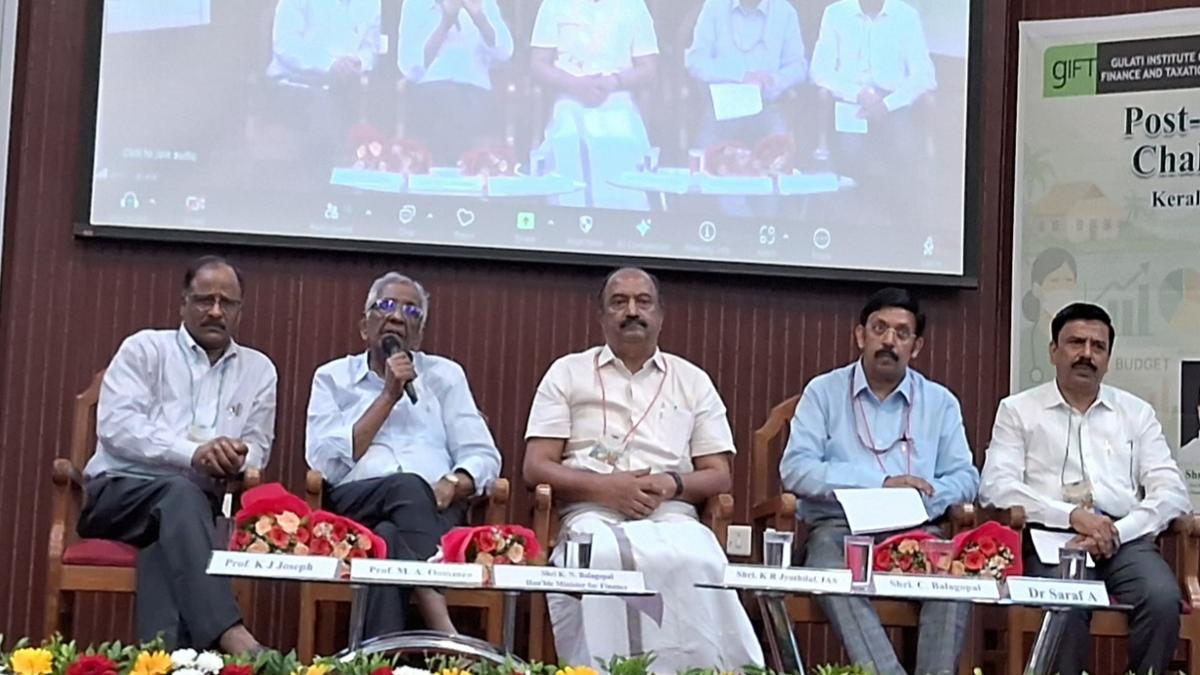Now Reading: UP Govt Clarifies Bankey Bihari Temple Ordinance Targets Secular Affairs, Not Religious Rights in SC
-
01
UP Govt Clarifies Bankey Bihari Temple Ordinance Targets Secular Affairs, Not Religious Rights in SC
UP Govt Clarifies Bankey Bihari Temple Ordinance Targets Secular Affairs, Not Religious Rights in SC

Quick Summary
- The Uttar Pradesh government defended its ordinance to take over the management of the historic Bankey Bihari temple in Vrindavan, stating it aimed only at improving secular activities and management.
- Additional Solicitor General K.M. Nataraj justified the ordinance, highlighting significant mismanagement and citing better facilities needed for worshippers as seen in ayodhya and Kashi.
- Approximately 20,000 to 30,000 people visit daily; weekends see up to 3 lakh devotees.
- Senior advocate Kapil Sibal argued against claims of “mismanagement,” representing the current management committee challenging the ordinance’s validity in court.
- The Supreme Court questioned why the ordinance was pushed out hastily and showed disapproval of an earlier decision allowing temple funds for a corridor project under apparent “clandestine” procedures.
- Justice Surya Kant encouraged finding a resolution benefiting devotees while seeking local involvement in administration but expressed skepticism over restricting visitor numbers due to high demand.
- A proposal suggested forming an interim committee to oversee temple operations as debates continue on legal challenges.
Indian Opinion Analysis
The case touches on delicate balances between governance improvements, religious autonomy, and resource allocation for heritage sites that attract large numbers of visitors daily. Uttar Pradesh’s stated aim of developing facilities for worshippers seems aligned with broader initiatives seen in religious tourism hotspots like Ayodhya or Kashi but raises valid concerns about respecting conventional custodianship rights without imposing abrupt control measures.
The court’s scrutiny reflects caution against undermining established practices under urgent ordinances unless securing greater transparency and fairness-values integral given India’s pluralistic ethos. Expanding infrastructure around such iconic temples could spur beneficial tourism revenue if balanced judiciously between faith-based sensitivities and developmental progress benefitting all stakeholders involved.
Read More: Click Here

























